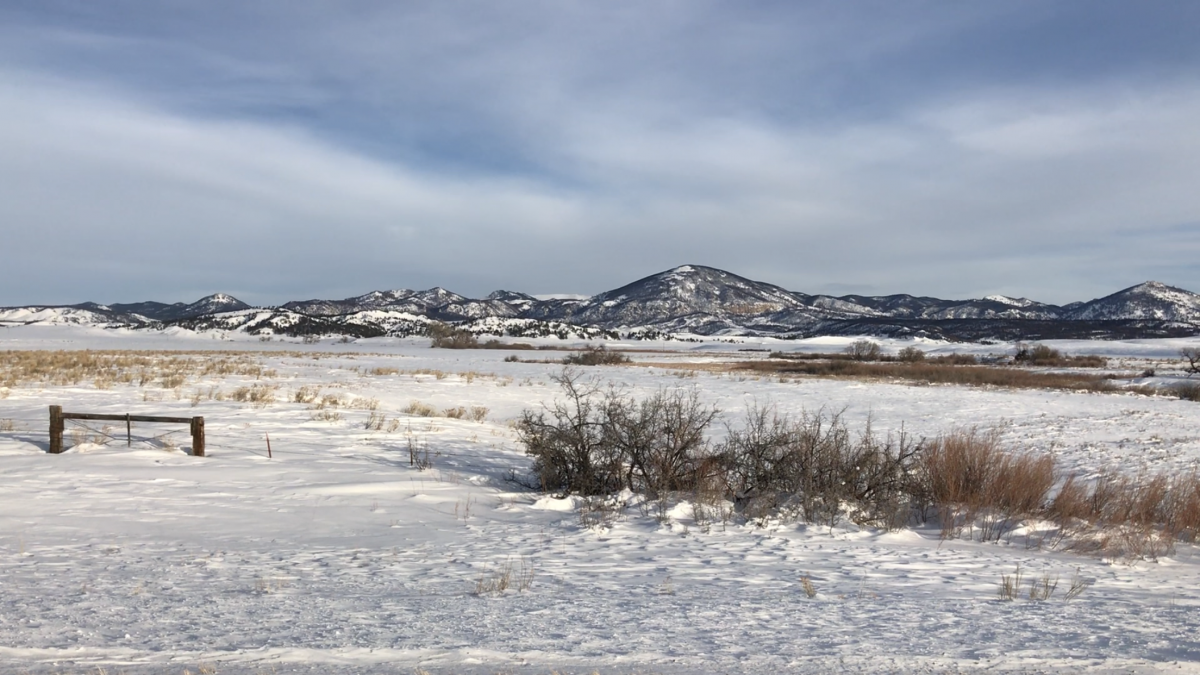BLM reopens July Fire Area
Organization:
Media Contact:
(MALTA, Mont.) – The area burned by the July Fire will reopen for public use May 11.

May 11. The volume of hazard trees that forced the
emergency closure order have come down over the winter.
(BLM Photo by Jonathan Moor)
The July Fire area of the Little Rocky Mountains in Phillips County, Mont., had been closed since September due to public safety concerns.
Fire had weakened roots and limbs on a significant amount of standing timber throughout the burned area.
“Many of the hazard trees that posed an imminent public safety threat have fallen over winter,” said Bureau of Land Management Malta Field Manager Tom Darrington.
Soils became unstable due to the weakened root structures. Emergency Stabilization and Rehabilitation efforts were initiated to reduce hazardous conditions and prevent soil erosion. In critical areas, crews placed straw waddles and wood straw mulch. Certain areas were reseeded with a native seed mix.
“The landscape has experienced changes,” Darrington said. “There are a large number of downed trees throughout the area and within the trail system. There are also hazard trees that have yet to fall.”
“This is a place families, friends and neighbors like to recreate, hunt, gather wood and enjoy outdoor activities, so we did everything we could to reopen the area as soon as it was feasible,” Darrington added. “We recognize that this area will take years to fully recover, and we are encouraging people to exercise caution when recreating.”
The reopening applies to foot traffic and all forms of motorized and non-motorized travel, where normally permitted.
The BLM manages about 245 million acres of public land located primarily in 12 western states, including Alaska, on behalf of the American people. The BLM also administers 700 million acres of sub-surface mineral estate throughout the nation. Our mission is to sustain the health, diversity, and productivity of America’s public lands for the use and enjoyment of present and future generations.
